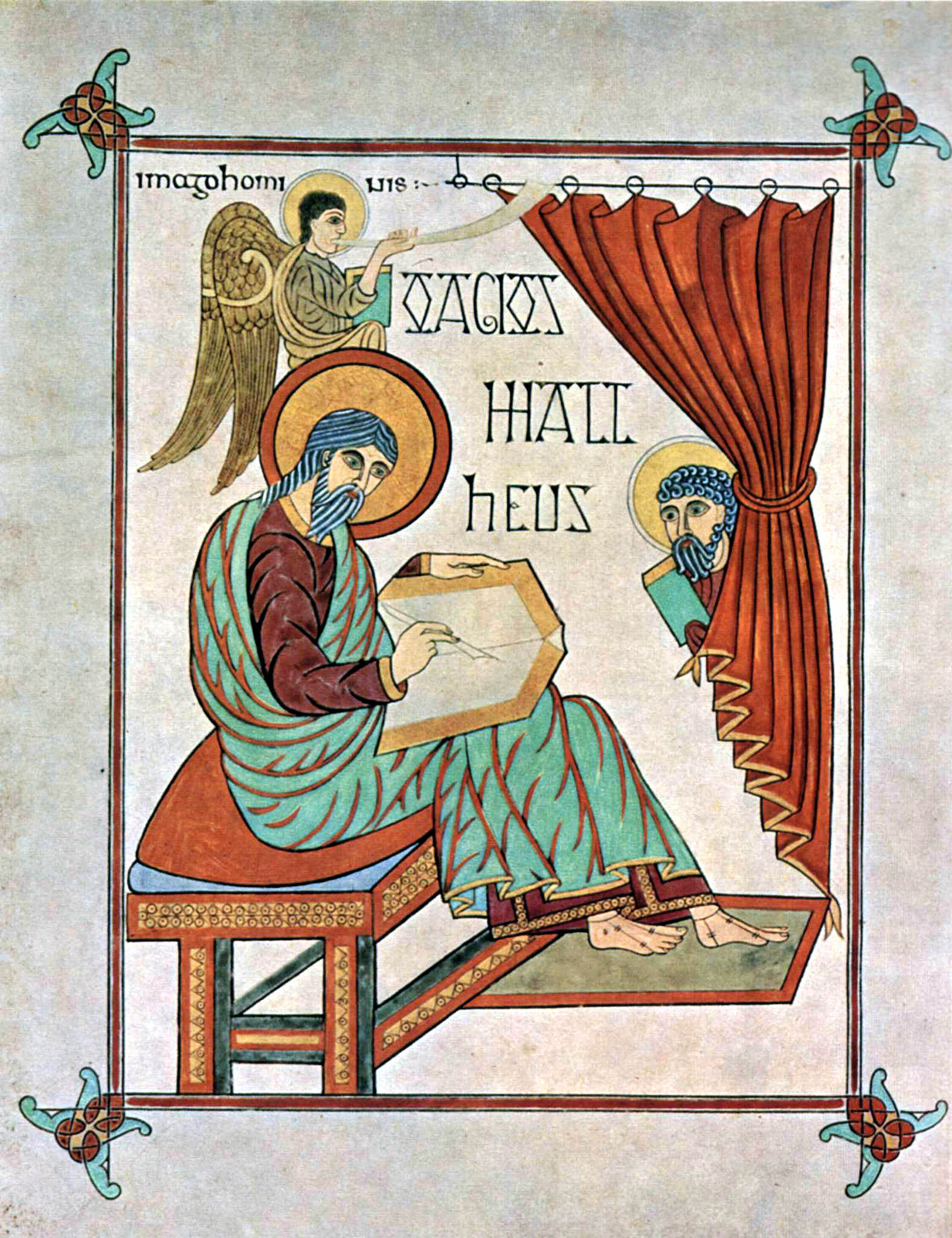The period of High Renaissance includes figures such as Leonardo da Vinci, Michelangelo Buonarroti and Raffaello Santi.

The Last Supper by Leonardo DaVinci
 Sculpture of David-- Michelangelo
Sculpture of David-- Michelangelo
Northern Renaissance--The cornerstone of it was often characterised by oil paintings.
Mannerism, Baroque, and Rococo--Mannerism adopts an approach to do with the distortion of light and space and focus on the intricate details to aid artists in the expressions of their emotions. Baroque art , on the other hand, empathsises on the search for beauty in drama, exuberance and exaggerated motion.

El Greco--Baptism of Christ [Mannerism]
Neoclassicism, Romanticism, Academism, and Realism--Spawned by the rejection of other ideas in Art. Romanticism in particular, was a big poetry movement, with famous poets like William Blake.
Modern Art--branched out into various forms. It is sparked off generally by the liberisation in society. (Industrial changes, etc)
- Cubism: the art of transposing a three-dimensional reality onto a flat canvas.
- Expressionism: concerned with evoking emotion through objective works of art.
- Fauvism: Canvas are characterised by wide, bright hues. (Revoluntionised the use of colours)
- Abstract: understood to mean art that does not depict objects in the natural , but instead uses shapes and colors in a non-representational or subjective way.
- Surrealism: an artistic, cultural and intellectual movement oriented toward the liberation of the mind by emphasizing the critical and imaginative faculties of the subconscious.

Picasso's Guernica was painted as a reactionary representation of bombing of Guernica in the Spanish Civil War.






